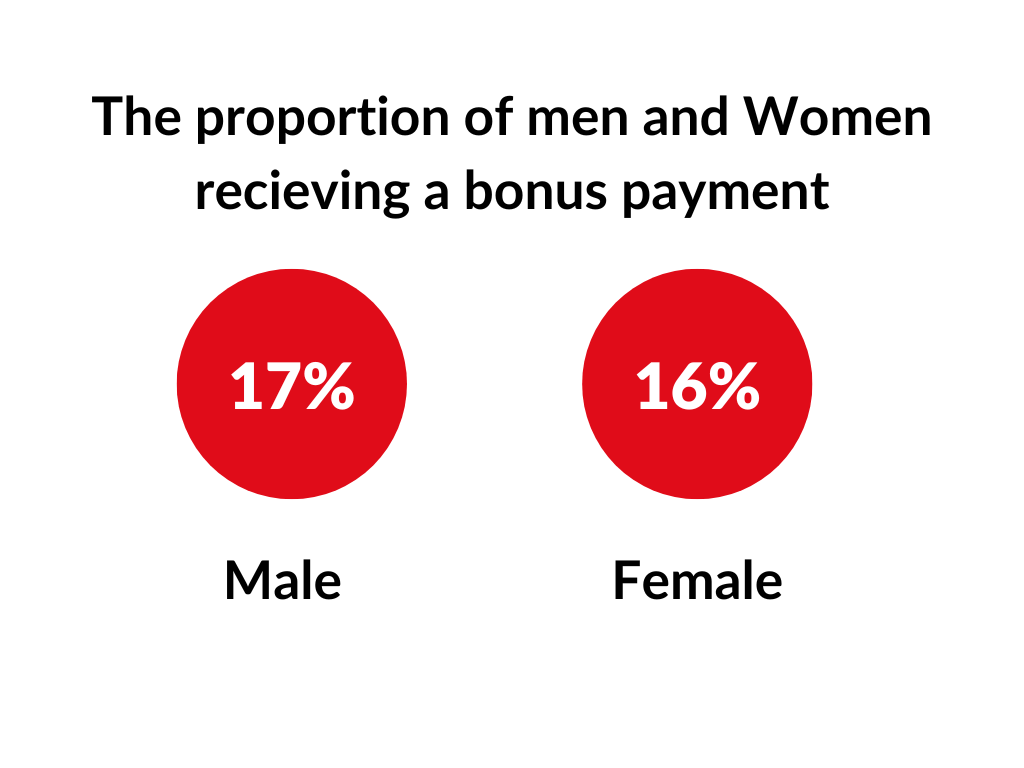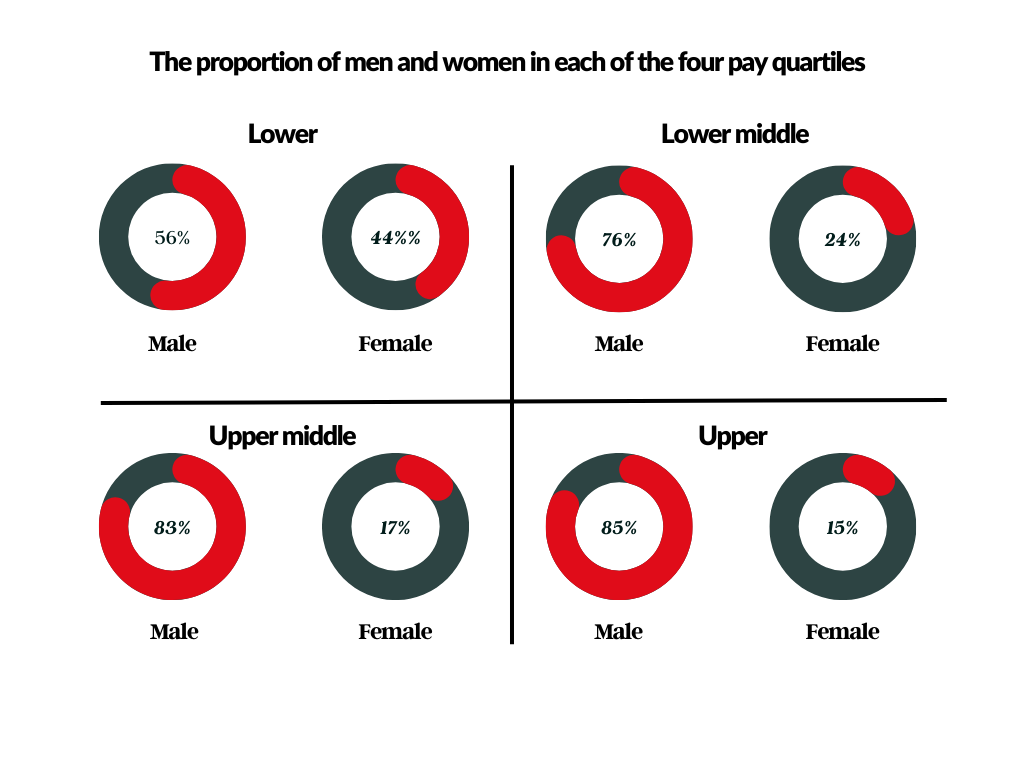Our commitment
Between 2021 and 2022, SSP has been through restructuring to align closer to our business areas and customer needs. We continue to focus on having the right skills and talent across the team to deliver our plan. Our gender pay gap has worsened this year, with a mean gap of 28%. We have more men in senior roles than females and our figures have been impacted this year by the departure of 2 senior female team members. Where we share group resources outside of SSP with Volaris, we do have senior female leaders, but they are included in the figures we report.
We still need diversity across the team to bring higher performance levels, particularly at a senior level. We have proactively approached new recruitment agencies to help us to address the in-balance in senior-level roles and have seen a change in the selection/application list diversity. I am acutely aware of the need for greater diversity in our leadership team and will ensure we focus on this as the opportunity arises.
I am pleased to report that, in the 12 months to 31 March 2023, we have promoted and developed 5 females within our leadership team, and I hope to see more females moving into leadership roles in the next 12 months. Being fortunate to be part of the wider Volaris group, we are maximising the opportunity to identify female role models that can share their career journeys and support our mentoring programme, particularly of our female talent.
In addition, we are taking the opportunity to participate in the coaching and leadership programmes now open to our wider teams, along with activities such as keynote speakers and masterclasses for our female talent.
The commitment to ensuring that all members of the SSP team, regardless of sex, are treated and rewarded fairly remains. I am pleased that we can still offer equal pay for work of equal value, ensuring we do not discriminate unlawfully against any staff member.
Within our employee engagement survey concerning diversity and inclusion, our net NPS position is 55, which puts us in the top 25% of technology and software services companies' benchmark group. We are also receiving positive feedback on our approach to recruitment, and I am hopeful that this will translate into appointments that reduce the key gaps.
We continue to offer a fully flexible work environment which allows all employees to work flexibly to meet commitments outside of the work environment. During our pay review this year, we also took the opportunity to decrease gaps in pay disparity across our teams.
Over the next year, we will continue to focus on identifying internal and external female talent and, in particular, offer internal development support to allow our female talent to progress into more senior roles.
What is a gender pay gap?
A gender pay gap is the difference between the total hourly earnings of the men and women in an organisation. This should not be confused with the term ‘equal pay’ which refers to the difference in pay between a man and a woman doing the same job. SSP is committed to equal pay and already ensures that men and women performing the same roles are paid within the same salary bands.
Why is the government interested in the gender pay gap?
The UK’s current gender pay gap stands at 14.9% amongst all employees. It currently stands at 8.3% amongst full time employees. This is because more females work in part time, which are less paid (Office for National Statistics). The government is seeking to reduce this gap in order to increase both equality, and economic productivity.
Colin Greenhill
Our results
-1.png?quality=low)


